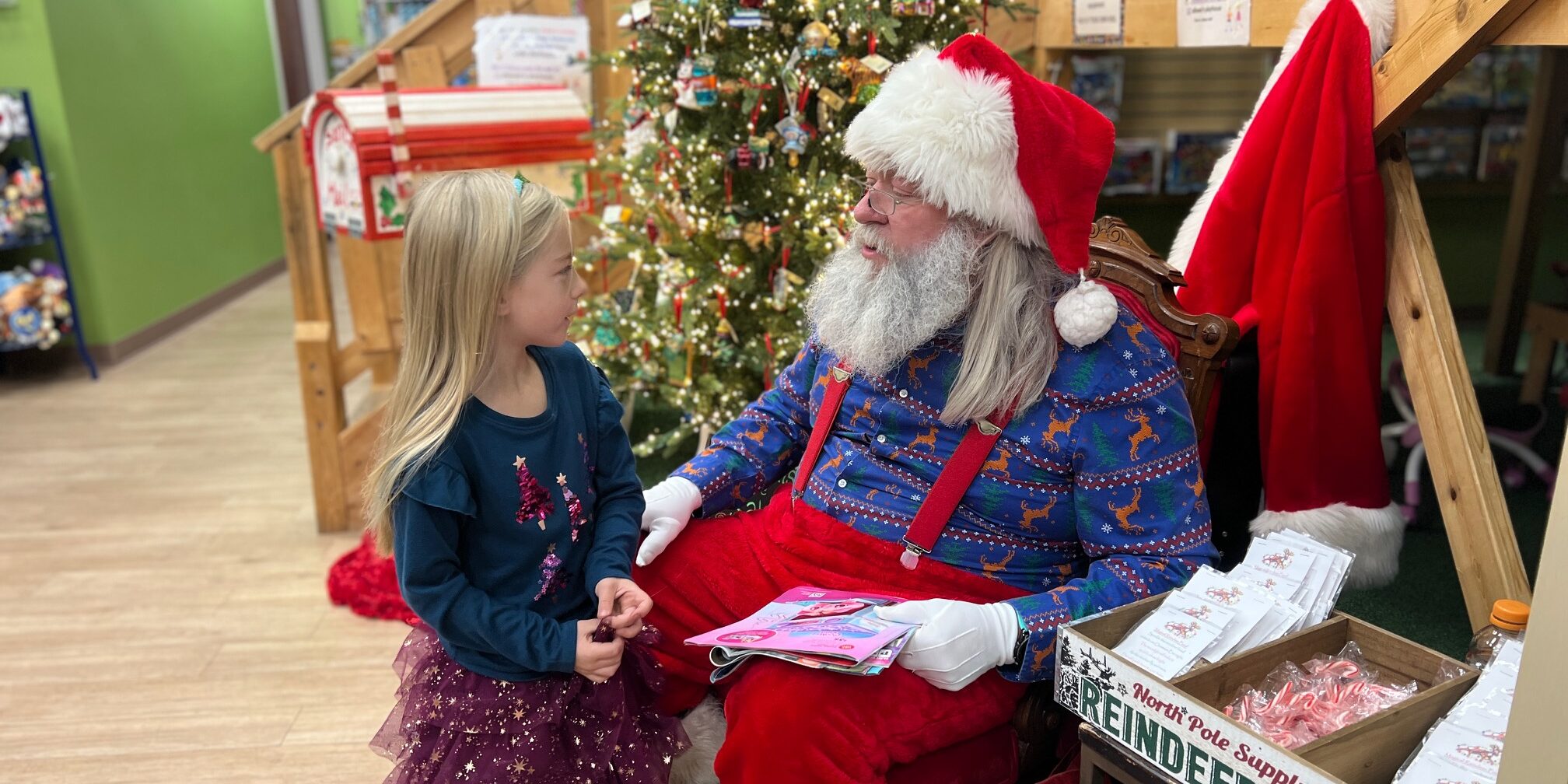Fashion
‘It’s just an absolute joy’ – 10 years of Charles Jeffrey’s playful Loverboy

At a turbulent time in the UK fashion industry, there comes some good news – one infectiously joyful brand is celebrating its 10th anniversary. Charles Jeffrey’s Loverboy, which started as a queer club night in east London and has dressed Tilda Swinton and Harry Styles, is looking back on a decade of tartan, trash, animalism, anarchy, paganism and punk.
In the opening room of the anniversary exhibition, which opened at Somerset House on Saturday, is a poster for the club night from 2015, decorated with doodled hearts; £3 before midnight, £5 after. It is a fitting memento for a retrospective of the interdisciplinary brand, the brainchild of the Glaswegian designer, illustrator and all-round creative, born out of the music and party scene of 2010s London: Jeffrey even used the funds from the monthly club night to finance his label.
“It was about London at a time when music and fashion was interlinked so massively,” Jeffrey told a crowd of assembled press at a preview on Thursday morning, wearing his brand’s signature loafers with metal claws bursting out of the toe.
From underground, outsider roots to the red carpet, Jeffrey has designed ranges at the invitation of legendary avant garde Comme des Garçons designer Rei Kawakubo and in 2021 took on the financial backing of fashion group Tomorrow (which also works with fellow London fashion talents Martine Rose and A Cold Wall), propelling the brand on to a more global stage.
While not a household name – yet – he has been described by Sarah Mower of US Vogue as “the upholder of all that is human, creative and cheerful about British fashion” and by Tim Blanks at the Business of Fashion as “speaking to young London the way Alexander McQueen spoke to his generation”.
Talking to the Guardian at the preview, Jeffrey located his work in the tradition of Andy Warhol. “Primarily, we’re making clothing, but we also make music, we make videos, we create artwork, we do art direction, we write scripts.”
The exhibition, titled The Lore of Loverboy, covers the brand’s origins, creative process and more glitzy present day. The genesis is etched out via Polaroids of partygoers at the club night, outfits from Jeffrey’s student collections at Central Saint Martins and early Loverboy looks. An upcycled dress from 2019, shiny blue with bacteria-like clusters of foil-covered balls under its tutu-hem, perfectly encapsulates the brand’s DIY aesthetic, with Jeffrey coining the term “availabilism” to sum up the idea of using what he could, in those early days, get his hands on. Other looks see belts fashioned out of bungee cords with hooks.
A sewing table strewn with tape measures, invoices of £150 for “the use of Soho fire station” and takeaway coffee cups with lipstick marks, all to give a sense of what his studio must look like, dominate the room charting the collaborative process at the heart of the brand. Jeffrey is happy this has been translated into exhibition form – the beauty is, “it’s honouring everybody.”
The brand’s signature tartan is also on display. Inspired by the red, blue and black makeup Jeffrey wore while clubbing and registered with the Scottish Register of Tartans in 2018, it speaks to the brand’s toying with heritage. The final room is reserved for the more starry side of the brand, with the Jeffrey-designed outfits worn by Styles and Swinton on display.
The exhibition opened alongside a show in the courtyard of the Thames-side venue on Friday evening – part of London men’s fashion week, which has been taking place in the capital this weekend – and a big birthday bash. At the show, Beth Ditto sang Patti Smith’s Gloria, Erin O’Connor wore a dress in the shape of a video game character and Swinton watched on as models wore cartoonishly oversized bakerboy caps, surreally deconstructed suiting and idiosyncratic knitwear.
In a recent interview with Business of Fashion, Jeffrey addressed the comparisons to other British designers: “I’m Charles Jeffrey, I’m not Alexander McQueen. I’m Charles Jeffrey, I’m not Gareth Pugh. I’m Charles Jeffrey, I’m not John Galliano. I have a way of looking at fashion and I want to nurture that and see it to its end.” How would he sum up the way he does see fashion? “It’s got a sense of humour. It really doesn’t take itself too seriously and it validates mistakes.”
“Charles’s visual looks for the clothing are completely unique,” the exhibition designer David Curtis-Ring said. “On the one hand some of them can be quite outlandish … But then others are completely adorable.” He is referencing the hats with bunny and cat ears that came about, Jeffrey said, as a joke but are now a bestseller.
The brand’s offbeat sense of humour does have a serious side. “Often it comes from a darker place,” said Jeffrey at the preview. “It relates to this kind of queer sensibility and a queer experience, the feeling of being othered.”
Loverboy is now looking into further investment and towards a bright future at a time when other British brands are not faring so well – the recent closure of Vampire’s Wife illustrated the challenges facing British brands. This 10-year milestone has, however, caused Jeffrey to reflect, looking to the impacts of Brexit, gentrification and waning nightlife in the capital. “It just felt like London had a real voice. And Brexit kind of took it all away.”
But for Jeffrey there is still a lot to celebrate. “To be able to have it [the show] in the square of Somerset House, this Grade I-listed building, and doing our own weird wonderful take on fashion in it. It’s just an absolute joy.”
The exhibition, which runs at Somerset House until 1 September is free, on a pay what you can basis










